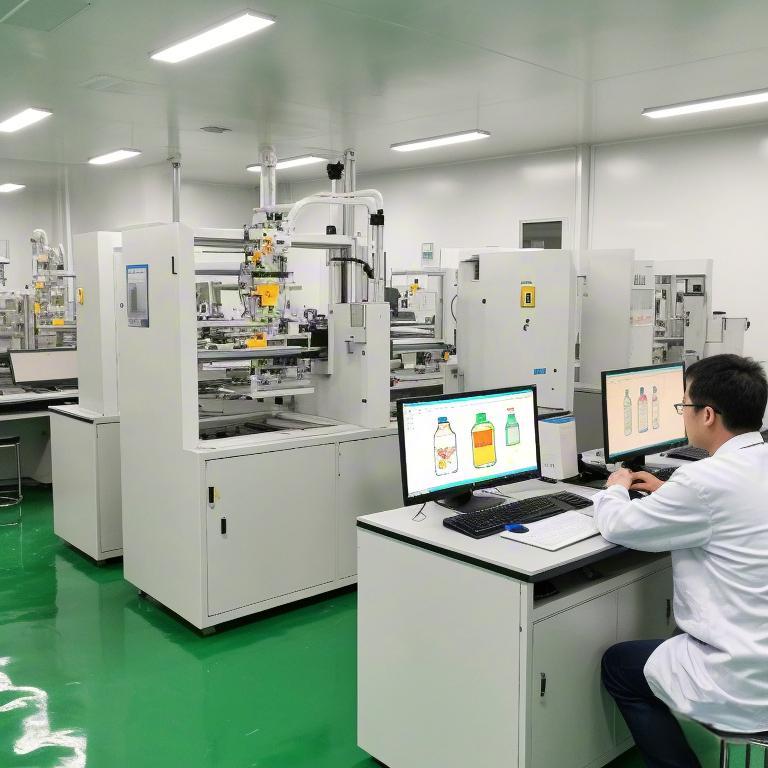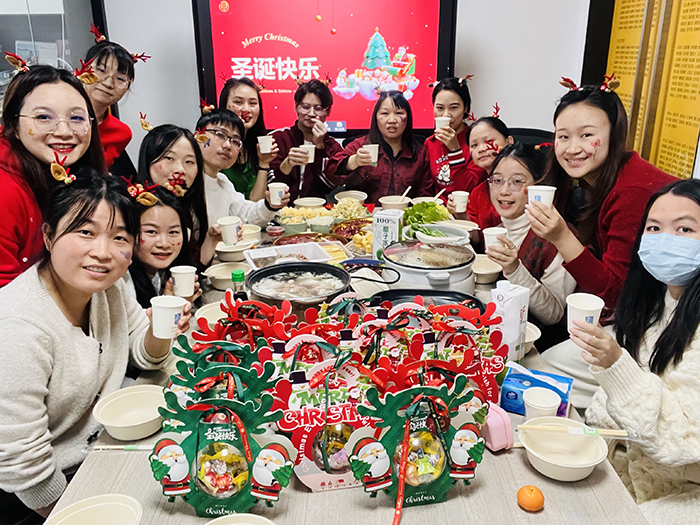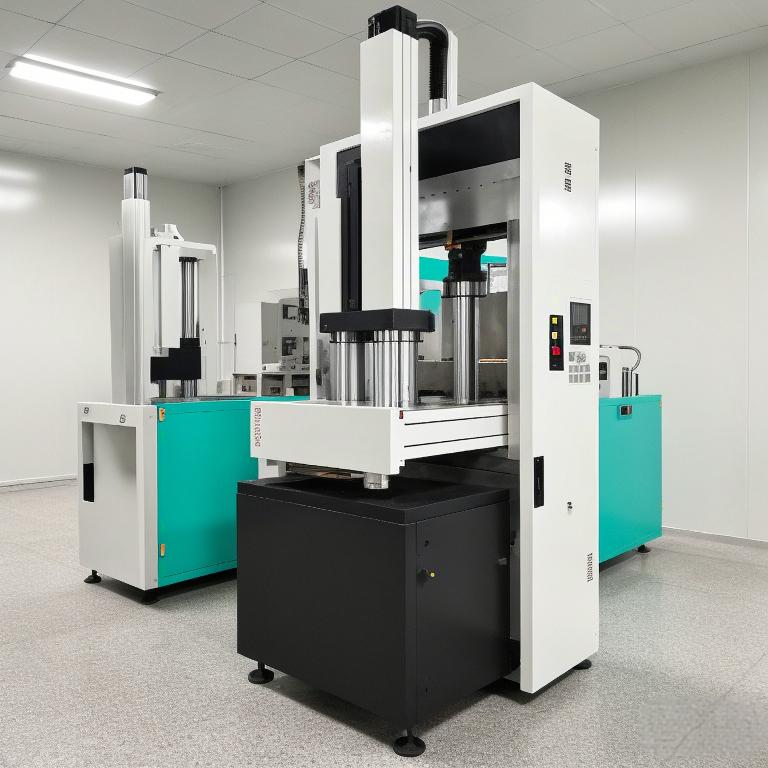内容
はじめに子供用水筒の必要性
子供の間で健康な水和の習慣を促進するための探求では、子供の水びんは不可欠になりました。中国の子供の水差しの製造業者として、私達は若いユーザーのために安全しかしまたしか従事しないシリコーンの水差しの作成を専門にします。
つかみと魅力のユニークなデザイン
当社のカスタムキッズウォーターボトルは、エンドユーザーを念頭に置いてデザインされています。人間工学に基づいた形状は、小さな手でも握りやすく、持ちやすいように注意深く作られています。さらに、子供たちの共感を呼ぶ魅力的な漫画の絵柄やキャラクターを取り入れ、水分補給を楽しく魅力的な体験にしています。
![]()
![]()
小さな喉に適したサイズ
子供たちの水分補給のニーズが多様であることを理解し、私たちは子供用水筒の容量シリーズを提供しています。従来の容量は3種類:350ml、550ml、1000ml。各サイズは慎重に設計され、異なる年齢と毎日の活動に適しており、子供たちが太りすぎずに水分を保つことを保証します。学校、スポーツ、アウトドアに最適で、若者の生き生きとした生活を応援します。
個人の嗜好に合わせた水分補給
私たちは、子供たちの好みが多様であることを認識しています。 子供用水筒 この多様性を反映しています。豊富なカラーとスタイルで、お子様の個性や興味に合ったウォーターボトルをお届けします。好きな色、大好きなアニメのキャラクター、スポーツチームのロゴなど、私たちのカスタマイズ・オプションは、企業が機能的でターゲット層にアピールする製品を提供することを可能にします。
![]()
![]()
カスタムキッズウォーターボトル:シームレスな移行
シリコーンという素材にこだわることで、安全で耐久性があるだけでなく、見た目にも美しい子供用水筒を作ることができるのです。出品者 カスタマイズ一般的な製品から、卸売顧客の特定のニーズや嗜好に合わせた製品に移行することができます。
子供の水びんのシリコーンの利点
シリコーンの特性はそれを子供の水びんのための理想的な材料にする。それは軽量、握り易く、漏れず、ゆがまず高温に抗できます。私達のシリコーン水びんはから選ぶいろいろな色および設計との機能そして楽しみ、であるように設計されています。これはそれらを子供に魅力的にさせるだけ、またそれらが毎日の使用のための実用的な選択であることを保障しない。
カスタマイズとプロフェッショナリズム:勝利のコンビネーション
私達のシリコーンの工場は高レベル注文の子供のシリコーン水差しを提供します。私達は彼らの特定の必要性および好みを理解し、各カスタマイズされた子供の水差しが彼らのブランドか組織のために完全に適していることを保障するために顧客と密接に協力します。私達の専門の精神は私達を最もよい子供の水差しを顧客に与えたいと思う信頼できるパートナーにさせる私達が提供するプロダクトおよびサービスの質に反映されます。


持続可能性と環境への配慮
持続可能性がますます重要視される今、私たちのシリコーン水ボトルは、使い捨てのペットボトルに代わる、環境に優しい選択肢を提供します。再利用可能で耐久性があり、廃棄物を減らし、より環境に優しいライフスタイルを促進します。シリコーン工場として、私たちは安全で効果的なだけでなく、環境に優しい製品を生産することを約束します。
結論子供用水筒の未来
子供の水びんの未来は、技術革新と安全性の道をリードするシリコーンとの明るいです。中国の子供の水びんの製造業者として、私達は私達の卸し売り顧客の必要性を満たす注文の解決を提供するこの動きの最前線にあります。私達のシリコーンの水びんはちょうどプロダクトより多くです; それらは健康、安全および環境への責任です。 をお選びください。 品質、カスタマイズ、プロフェッショナリズムを重視するパートナーシップのためのカスタムキッズウォーターボトル。





